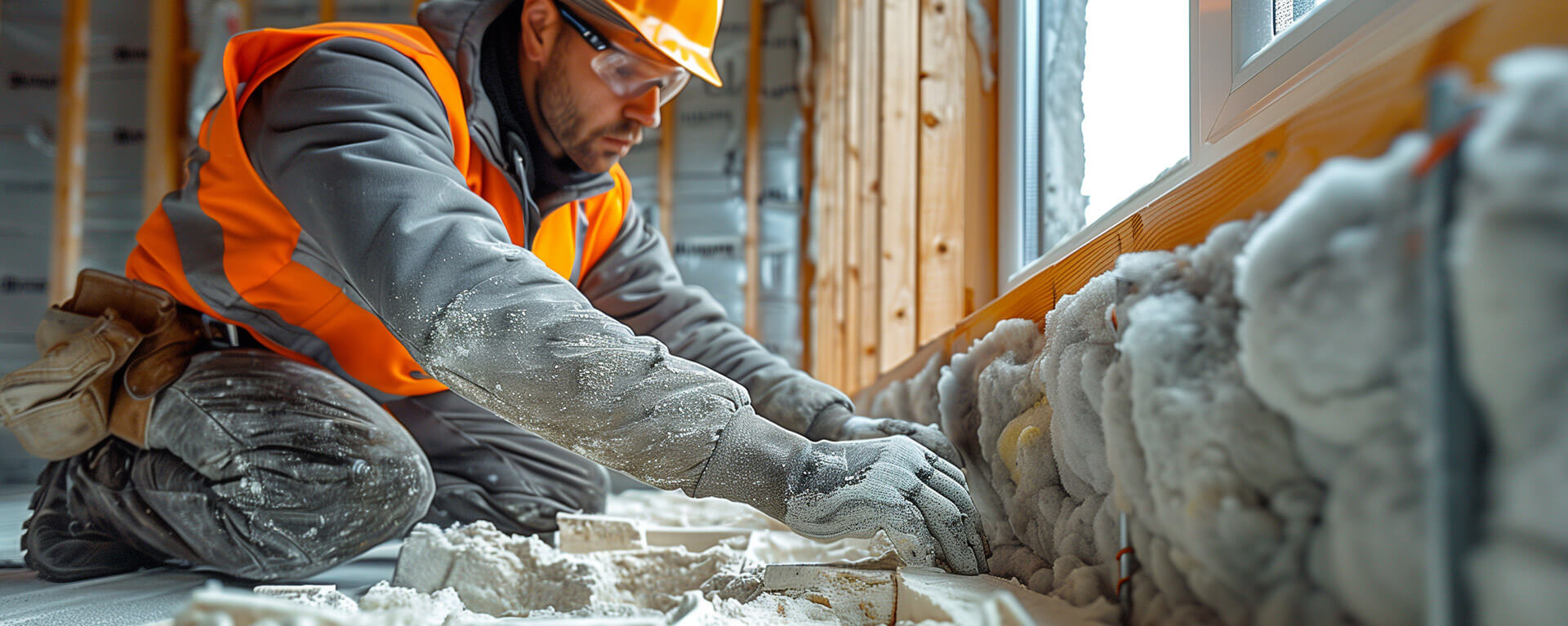
If you have ever stayed in a motel room, or lived in an apartment, condo, townhome or other multi-unit building, then you know how inconvenient it can be to share walls with neighbors. Sometimes the walls seem nonexistent, as if your neighbors are having a conversation in the same room as you, which is annoying and cuts down on privacy. At first, you may think the shared walls are too “thin”, which is a logical assumption, however the problem is usually that the walls are too hollow.
While the main purpose of insulation is to keep your home climate-controlled, there is an added benefit: sound reduction. Discover how insulation as soundproofing works, exploring its properties and how it may benefit your home.
City Wide Insulation is a family-owned business, and our family wants to make sure your family gets the insulation you require. Contact our experts to learn about our range of premium insulation offerings, and which is best for your climate control and sound reduction needs.
Request a QuoteFor those of us who don’t remember our high school physics lessons, let’s take a quick look at the science of sound to understand how insulation can help.
Sound is a vibration that creates an acoustic wave. The wave travels through the air and other gasses as molecules collide with each other, but it can also travel through liquids and solids — although at a diminished rate as it comes into contact with larger particles.
When it comes to solid objects like walls, doors or windows, sound waves travel through the areas of least resistance, primarily spaces where materials are less thick and more air is present. The effect when adding insulation to walls? Sound is reduced, as many sound waves are prevented from passing through due to the lack of space.
Yes, but how much it will help varies, in part, based on what type of insulation you use and how much of it. You can expect insulation to reduce the amount of sound traveling through your walls, but you shouldn’t expect all sound to be eliminated.
Keep in mind walls can be hollow for a number of reasons, including to provide space for piping and electrical wiring. The flat surface of the wall doesn’t break up the acoustic wave much and it will easily travel through. While it won’t be as loud as outside, plenty of sound pierces through walls to create noise. This is where insulation comes in for sound reduction. By filling the cavity of the wall with an insulating material that contains pockets of air, sound waves are broken up and reduced as they hit the uneven surface of the insulation, dulling the noise.
While all insulation will break up and reduce at least some sound, the level of sound it will dampen depends on a number of details. Enter Sound Transmission Class, which is often referred to as STC. The STC rating measures how effective a surface — such as a wall, door or window — performs in reducing noise.
STC ratings range from 25 to 65. The higher the rating, the better the sound proofing. A rating of 25 means a surface offers no sound proofing and a score of 60 or better means the surface offers good-to-great soundproofing.
Modern exterior walls include drywall boards that are usually five-eighths of an inch thick and interior walls usually have drywall that’s half of an inch thick. Depending on the thickness of the drywall, and without any insulation added, the STC rating for those walls can range from 33 to 52.
The gains may seem minimal as the STC rating goes up, however each time the rating increases by 10 the amount of sound that penetrates through the rated surface is halved.
It’s understandable that you would want the exterior walls insulated to help with climate control from outdoors to indoors and to keep from hearing people and traffic going by your home. But what about interior walls?
Interior walls should be insulated, although they do not (nor should they) need to be insulated quite as high as exterior walls. A lower R-rated insulation will help allow all of the rooms to be similarly climate-controlled.
Additionally, you don’t want interior walls to have the same level of STC as your exterior walls. Most of us use sound to determine what is happening in areas we can’t see — kids playing, the family dog or cat getting into something it shouldn’t, the beep of the microwave or whistling of the kettle. While you may want a higher STC rating in select rooms if your home has a theater area or music studio, it won’t be necessary to go as high for a mudroom, dining room, study, etc.
If sound is a major concern to you, speak with an insulation professional who can provide a consultation and answer any questions you have. Keep in mind that if sound reduction and increased privacy are important to you, you’ll also want doors and windows with high STC ratings, in addition to insulated walls.
NEED HELP OR WANT TO REQUEST A QUOTE? CALL 800-957-9994